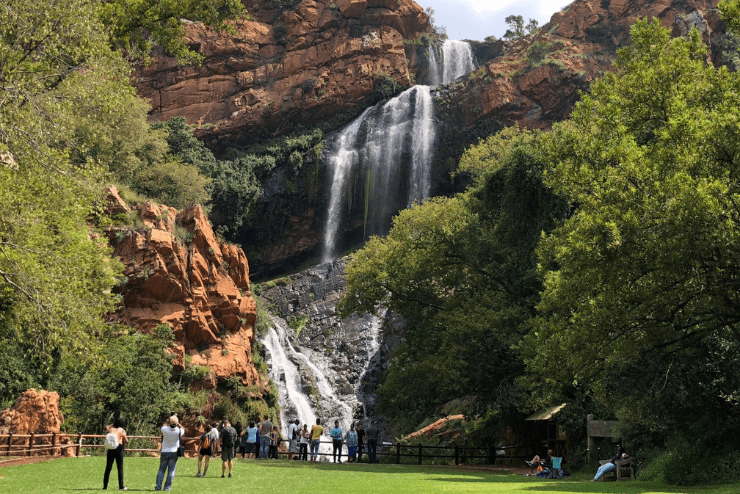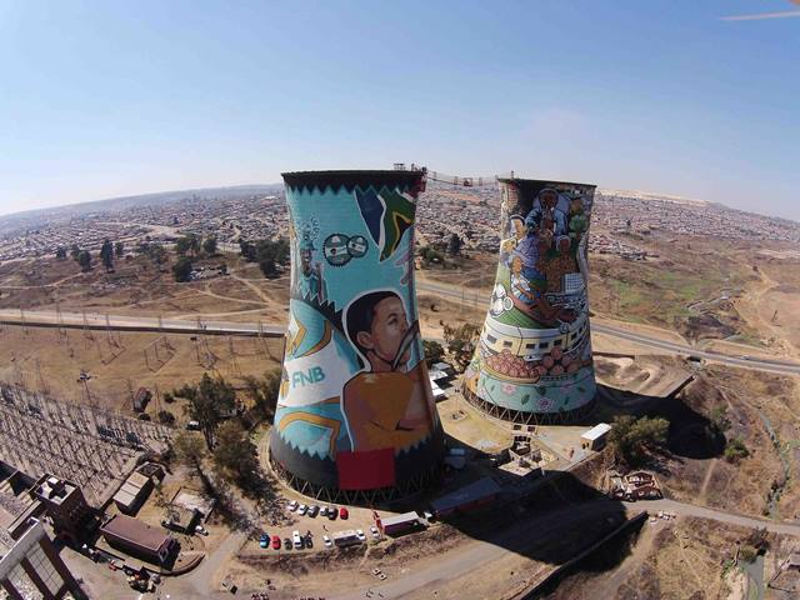What Does Johannesburg North Attractions Do?
What Does Johannesburg North Attractions Do?
Blog Article
Facts About Johannesburg North Attractions Revealed
Table of ContentsWhat Does Johannesburg North Attractions Do?What Does Johannesburg North Attractions Mean?The 10-Minute Rule for Johannesburg North AttractionsThe smart Trick of Johannesburg North Attractions That Nobody is DiscussingGet This Report on Johannesburg North AttractionsOur Johannesburg North Attractions Ideas
The city owes its area to the existence of an even a lot more precious source: gold. The city expanded on the side of the Witwatersrand Main Coral reef, a subterranean stratum of gold-bearing quartz-silica corporation that arcs for thousands of miles below the Highveld. The majority of the gold mines in the city stopped procedure in the 1970s, but in its day the Witwatersrand gold industry accounted for greater than 40 percent of the globe's annual gold manufacturing.Johannesburg has a temperate climate. Summer temperature levels balance concerning 75 F (24 C); winter season temperature levels balance about 55 F (13 C) and only sometimes dip listed below freezing. The city delights in regarding eight hours of sunlight each day in both winter months and summer season. Rainfall standards regarding 28 inches (700 millimetres) per annum, however the overall differs substantially from year to year.
What rain the city receives falls virtually solely in the summertime months, typically in incredible late-afternoon electrical tornados., where several homeowners still count on coal for fuel.

6 Easy Facts About Johannesburg North Attractions Described
The balance of the city is occupied by whites. Holiday accommodation differs in character and high quality. Soweto is well-known for its unlimited rows of municipally developed, two-room matchbox homes, yet it likewise has a few prosperous territories along with bristling squatter camps, where 10s of thousands live without water, electrical power, or sanitation centers.
Physical growth, although rather restricted by transportation, proceeded promptly as migration to South Africa, and Johannesburg specifically, raised dramatically. This problem was resolved in the 1930s when the automobile was presented in mass manufacturing to South Africa. Vehicles were, essentially, restricted to the wealthy, and allowed them to transfer to the north of the city and commute into the centre.
Most poor residential areas were mixed, with inadequate blacks and whites cohabiting, although the well-off suburban areas were generally reserved for whites. This changed with the political election of the National Party in the 1948 elections, who started to formalise the system referred to as apartheid. Discrimination officially designated which suburbs each race might live in under the Team Locations Act.
The previous system of eleven phoned number areas was reorganised in 2006. Marshalltown, as seen from the top of the Carlton Centre. The M1 and M2 run behind the structures, and Recommended Reading the southerly suburbs extend past the freeway boundary. The inner city of Johannesburg lies within the city's Area F. The approximated populace of the region is 200,000, [] but the number of people staying in the internal city on an informal basis is unknown, as many are illegal immigrants. The majority of higher-income residents and white individuals have actually relocated to the north suburbs and have been replaced by lower-income black people. The unemployment, education and learning, and age profiles of the area are all unidentified, because of the problem of obtaining trustworthy info about the location.
Little Known Questions About Johannesburg North Attractions.
Centred on the CBD, the region includes the suburban areas of Yeoville, Bellevue, Troyeville, Jeppestown, and Berea to the east. To the west it infects Pageview (Johannesburg North attractions) and Fordsburg. There are tiny industrial parks to the south, such as City West-Denver and Benrose. Around 800,000 travelers go through the central city each day, and it operates as a local shopping node for site visitors from the southerly suburbs. Yeoville and Bellevue have a mix of home buildings and single property devices on little whole lots. The area is located on a mountainous divide that runs from east to west.

How Johannesburg North Attractions can Save You Time, Stress, and Money.
The eastern suburbs are some of the earliest areas of Johannesburg, there are large areas of Jewish and various other European backgrounds, the bulk of the populace is English speaking. There are 3 golf training courses as well as a number of secured ridges with viewsites.
The location is primarily composed of old "matchbox" houses, or four-room houses built by the federal government, that were built to offer affordable holiday accommodation for black workers during apartheid. Soweto is an abbreviation, meaning "South Western Townships". Road after street in this location is lined with matchboxes; however, there are a few smaller locations where flourishing Sowetans have actually developed homes that are much more comparable in stature Related Site with those in even more wealthy suburban areas.
Hostels are one more popular physical function of Soweto. Initially constructed to house male migrant workers, lots of have actually been improved as residences for couples and families. The N1 Western Bypass skirts the eastern limit of Soweto. The suburb was not historically enabled to produce employment centres within the area, so mostly all of its locals are travelers to various other parts of the city.
Some Known Incorrect Statements About Johannesburg North Attractions
The N1 Western Bypass attaches the north suburbs with the north-western suburbs. The houses in the north suburbs are primarily official, without considerable find this locations of informal real estate, or real estate that lacks a long-term framework. Although this is a well established area, there is a fad of land usage change from domestic to business, particularly along main arterial roadways and around well-known nodes.
Roadways to the east and west are less well created, as there are no highways taking a trip in that direction. Towards the north boundary of the city, the density of advancement lowers, leaving large locations of untaught land around Midrand.
Unknown Facts About Johannesburg North Attractions
The very first suburb to the north of the internal city is Parktown, which is located on a hill ignoring the central city and Hillbrow. It has many well-off homeowners and Edwardian-style mansions, in addition to the Education and Medical schools of the University of the Witwatersrand. The large concrete Charlotte Maxeke Johannesburg Academic Health Center controls the sky line of Parktown.
Report this page